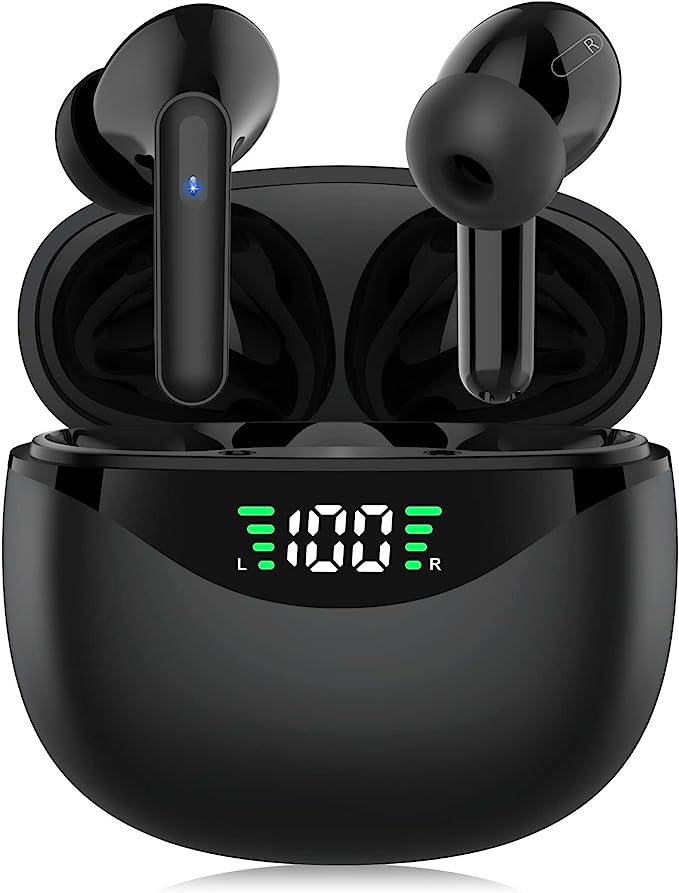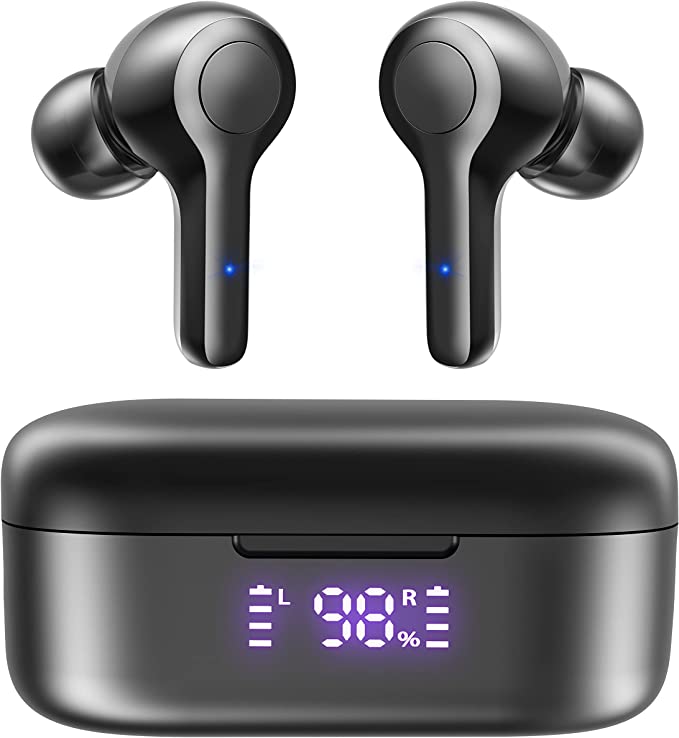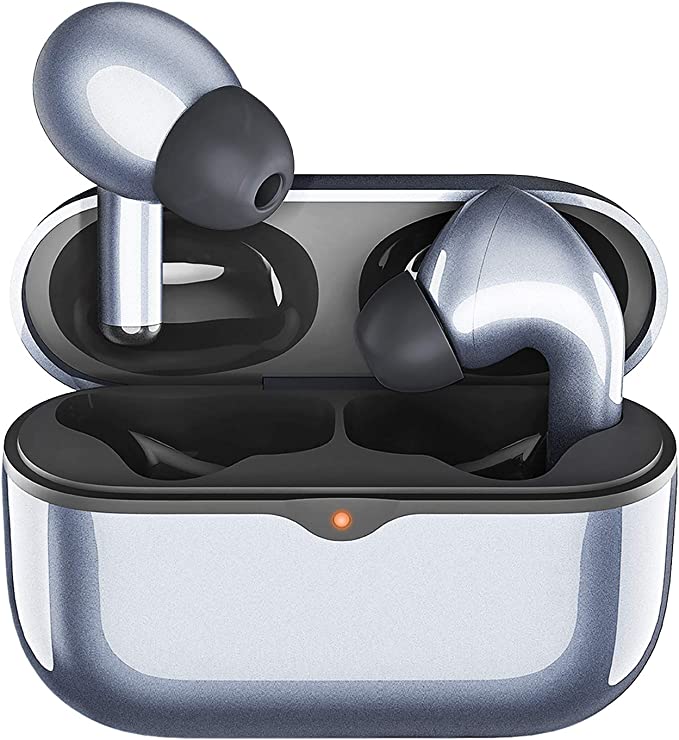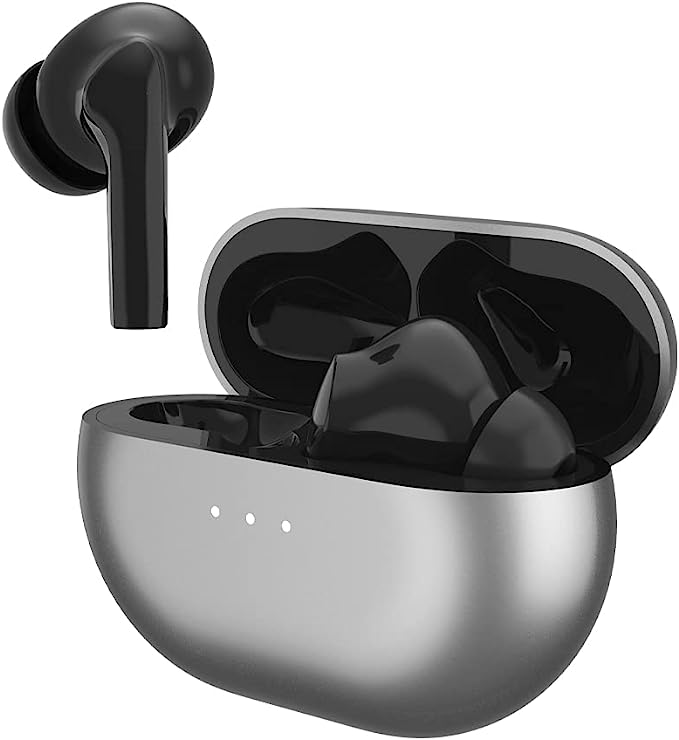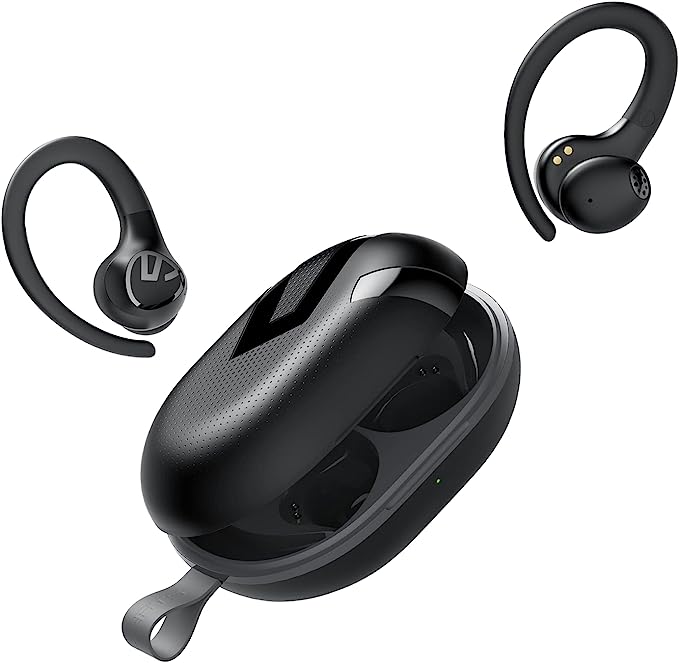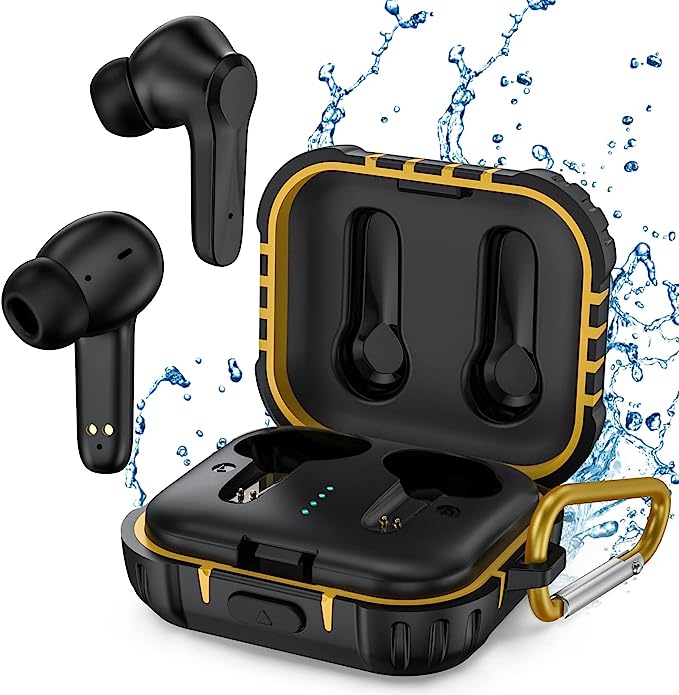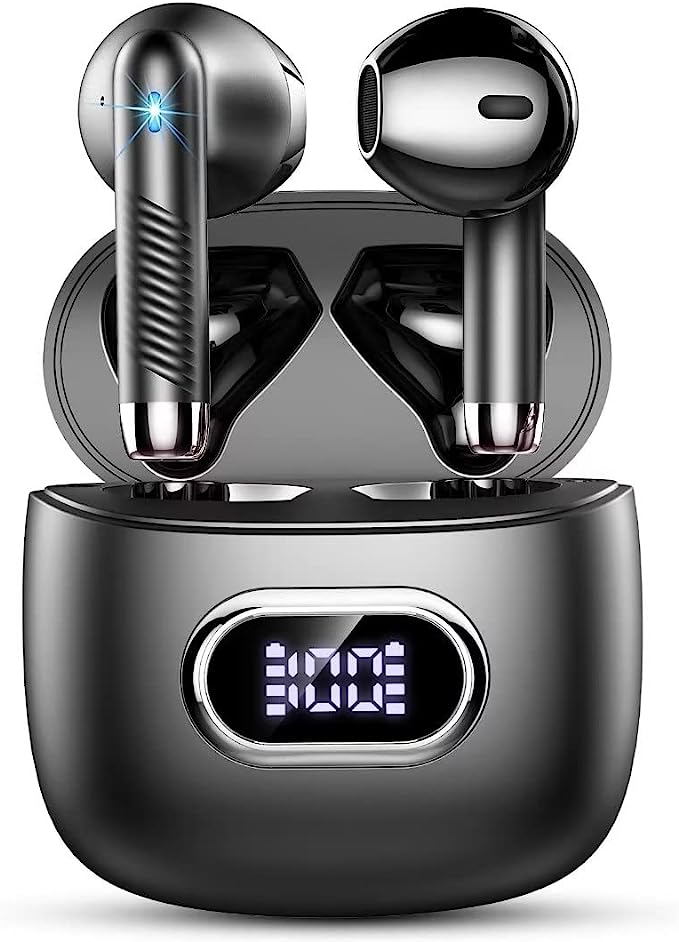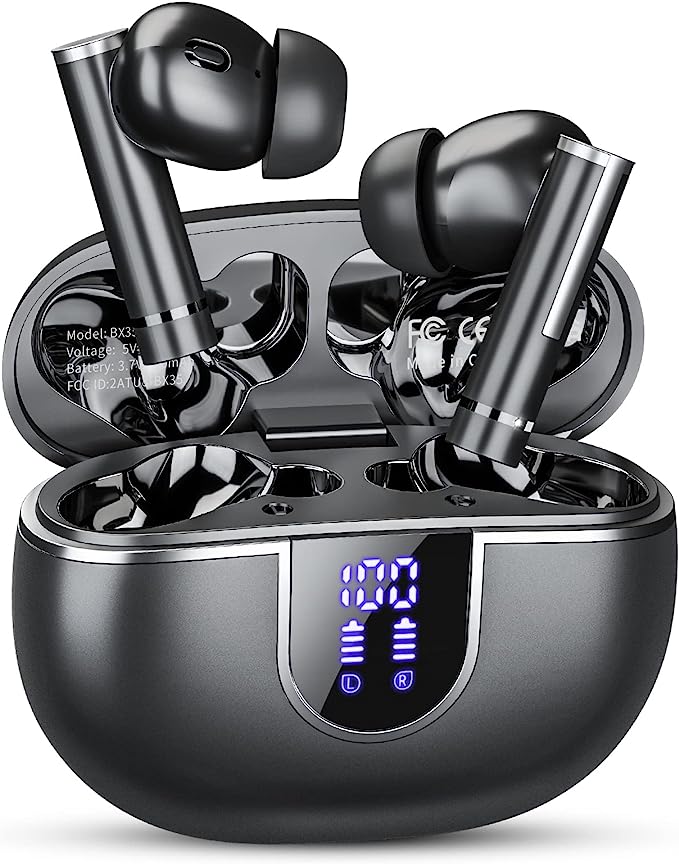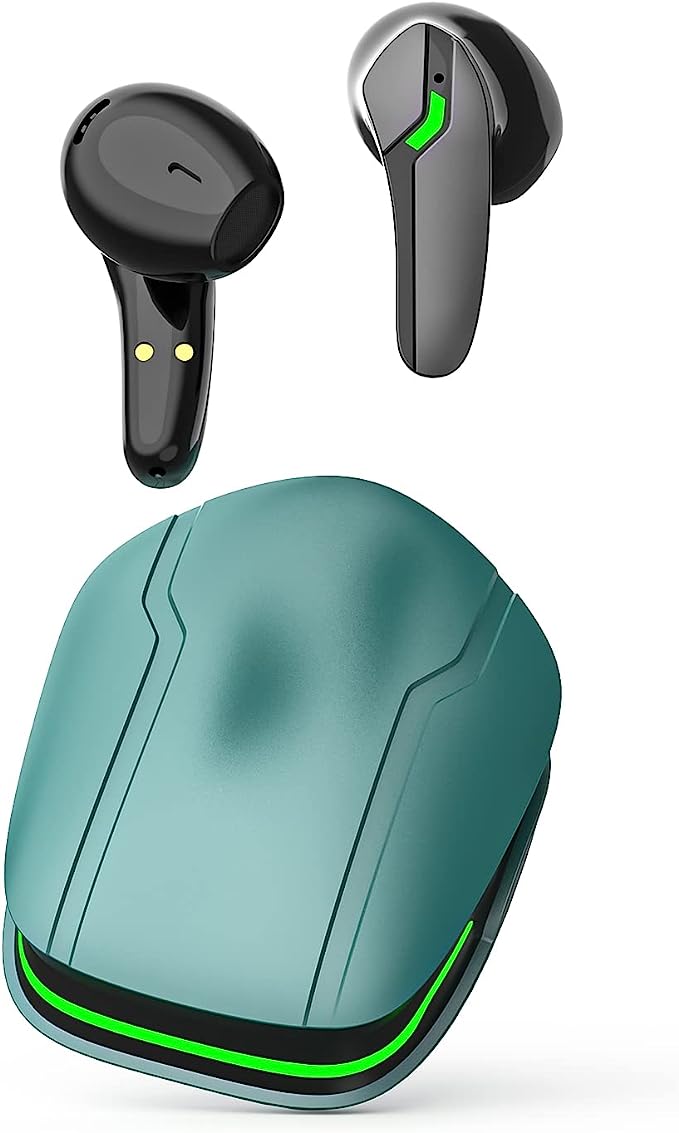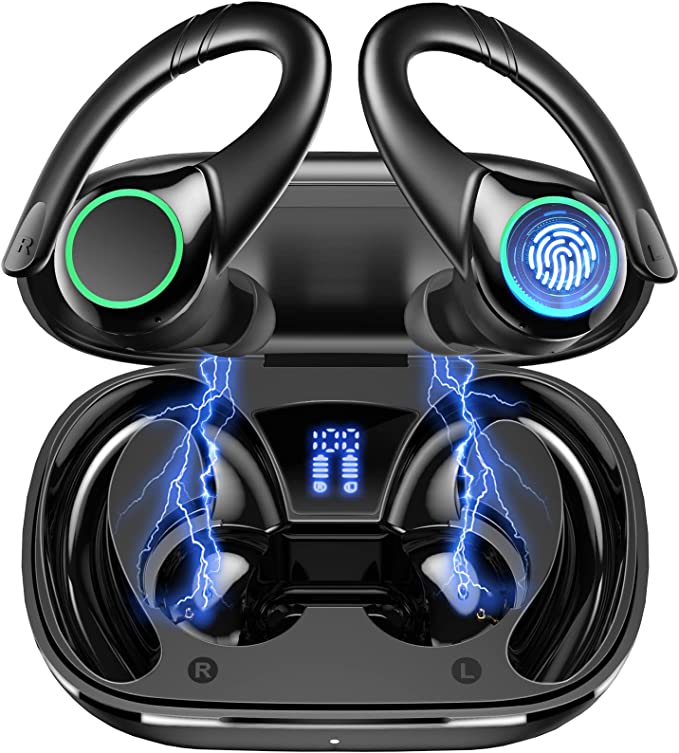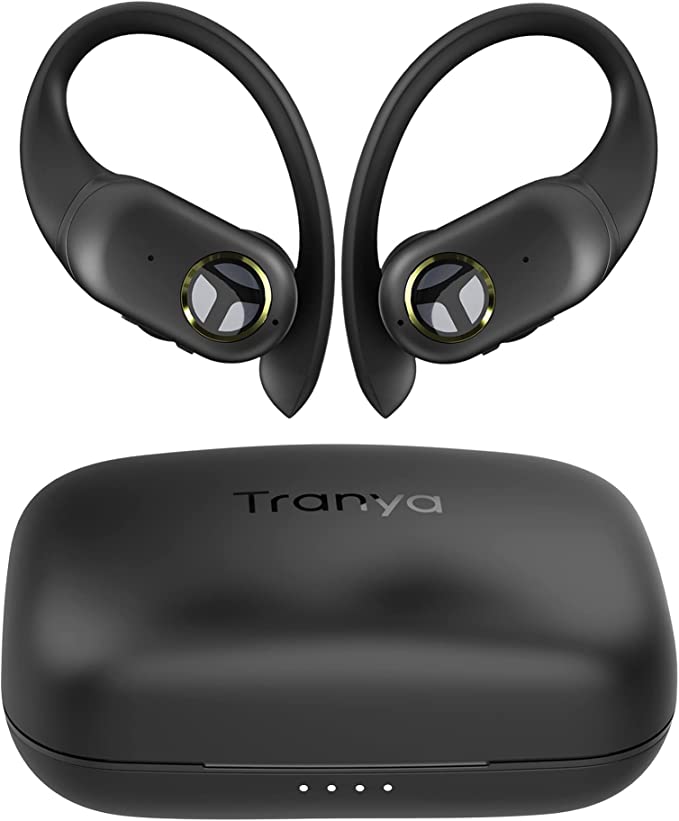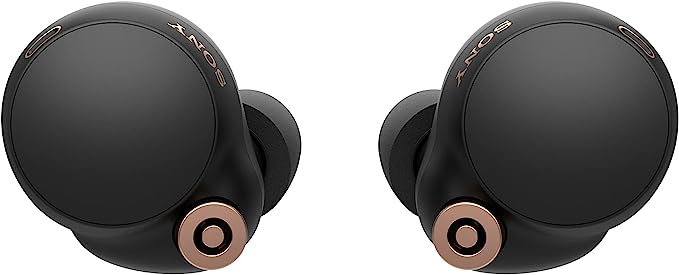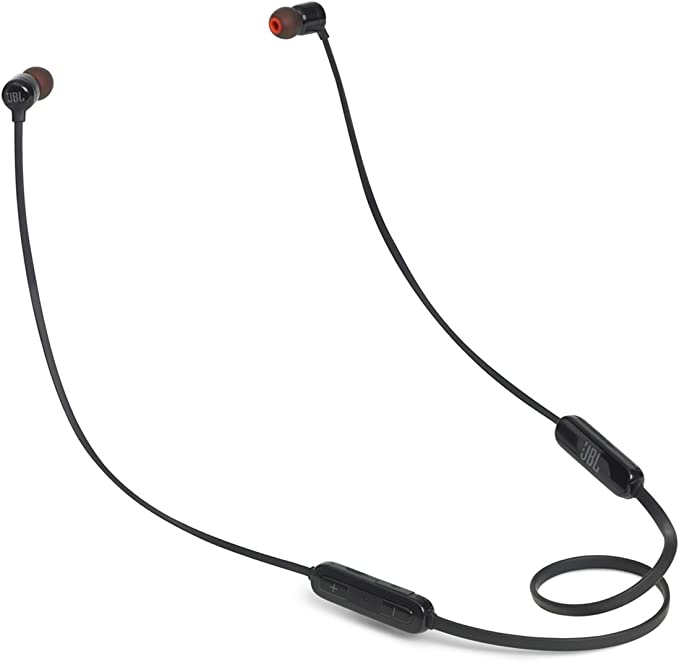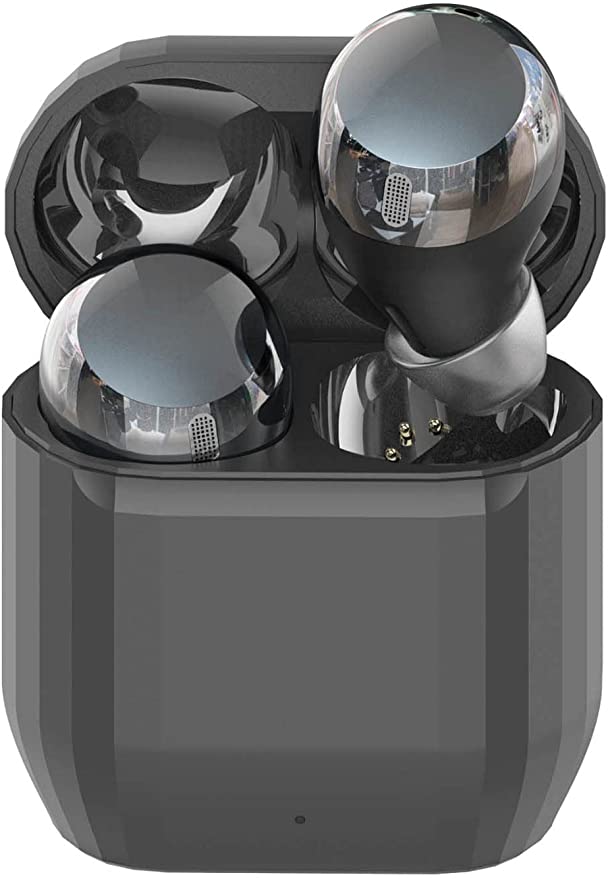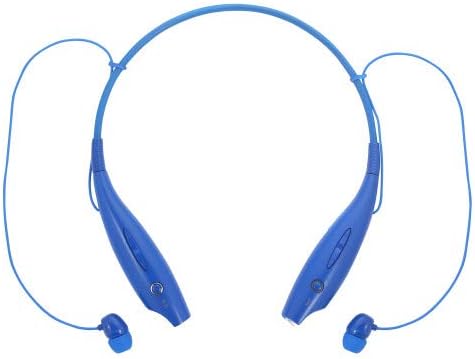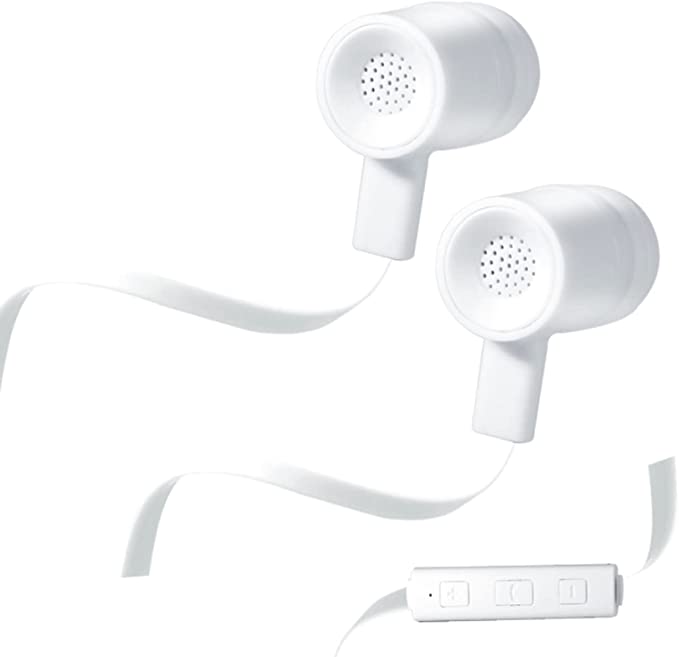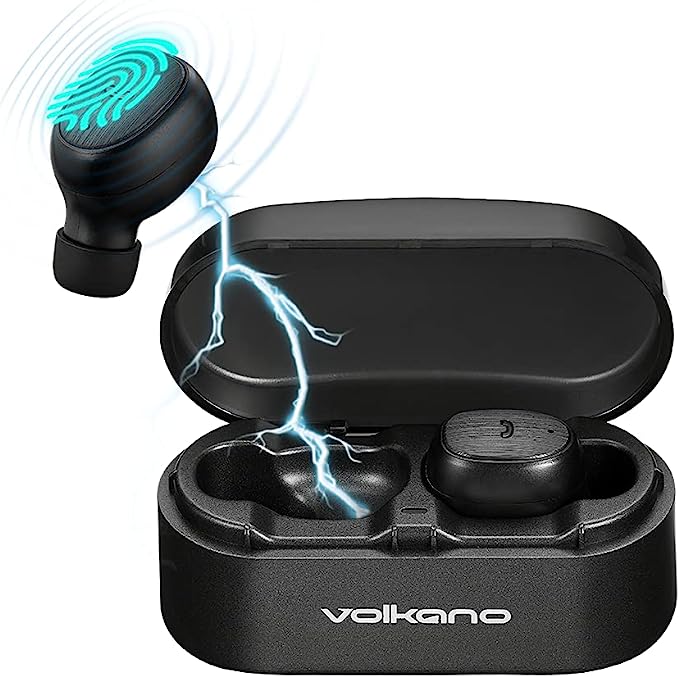FIIL 330-1196 Earbuds: Unpacking the Science of Wireless Sound, Bluetooth 5.0, and Noise Management
Update on June 20, 2025, 4:09 p.m.
The journey of personal audio has been nothing short of a quiet revolution. We’ve sprinted from the era of cumbersome headphones tethered by tangling wires to the sleek, almost invisible freedom of true wireless earbuds. These tiny marvels promise a seamless soundtrack to our lives, but have you ever paused to consider the intricate science and engineering packed into such a compact form? Using the FIIL 330-1196 In Ear Wireless Headphones as our guide, let’s peel back the layers and explore the core technologies that make this modern listening experience possible. It’s a chance to peek “under the hood” and appreciate the symphony of innovation at play.
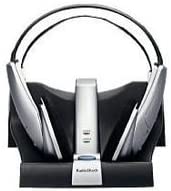
The Invisible Connection: Bluetooth 5.0 and the Dance of Data
At the very heart of any wireless earbud, including the FIIL 330-1196, lies the magic of Bluetooth. But what exactly is Bluetooth? Think of it less as a mystical force and more as a sophisticated, short-range radio communication standard. It’s like an invisible, multi-lane data highway dedicated to connecting your devices – your phone to your earbuds, your laptop to your speaker. The “5.0” in “Bluetooth 5.0,” as featured with the FIIL 330-1196, signifies a specific generation of this standard, governed by the Bluetooth Special Interest Group (SIG), which brought some noteworthy enhancements over its predecessors like version 4.2.
So, why does this version number matter for your audio experience? Bluetooth 5.0 brought improvements in several key areas. Firstly, it offered the potential for up to twice the data transfer speed and up to four times the range under ideal conditions. For your ears, faster data transfer can mean a more stable audio stream with fewer annoying dropouts or stutters, especially in environments crowded with other wireless signals. The increased range offers more freedom to roam away from your source device without the music cutting out.
Perhaps one of the most crucial advancements for tiny, battery-powered devices like earbuds was further optimization in Bluetooth Low Energy (BLE). BLE allows devices to maintain communication links while sipping power, rather than gulping it. This efficiency is a cornerstone of achieving decent playback times from the small batteries within the earbuds themselves. For the FIIL 330-1196, Bluetooth 5.0 isn’t just a feature; it’s the fundamental enabler of its untethered existence, promising a more reliable and power-conscious connection.
Crafting Your Personal Soundscape: Navigating Noise with DSP
One of the common battles in our daily soundscape is against unwanted ambient noise. The rumble of a train, the drone of an office air conditioner, or the general din of a busy street can all intrude upon your carefully chosen music or important call. The FIIL 330-1196 product title highlights “DSP Noise Cancelling” as a means to combat this. DSP stands for Digital Signal Processing. Imagine a tiny, incredibly fast audio engineer living inside your earbuds. This engineer uses complex mathematical instructions, or algorithms, to analyze the sound waves coming into the earbuds’ microphones.
These microphones act as the “ears” for the DSP system, constantly sampling the external environment. The DSP then attempts to identify patterns in this ambient noise – particularly steady, low-frequency sounds like engine hums or ventilation systems – and digitally modify the audio signal to reduce their perceived loudness. This might involve subtly filtering out those specific noise frequencies from the audio you want to hear.
Now, the product listing for the FIIL 330-1196 presents a slight puzzle: the main title emphasizes “DSP Noise Cancelling,” while the “Additional details” section mentions “Noise Control: Active Noise Cancellation.” While often used interchangeably in casual conversation, these terms can refer to different levels or methods of noise reduction in the world of audio engineering. Generally, DSP is a broad toolkit for many kinds of audio signal manipulation. True Active Noise Cancellation (ANC), on the other hand, typically involves a more direct approach: it also uses microphones to detect external noise, but then its processor generates an “anti-noise” – a sound wave that is the exact inverse (180 degrees out of phase) of the unwanted noise. When these two waves meet, they theoretically cancel each other out, a principle rooted in the physics of wave interference. This can be very effective, especially against consistent low-frequency sounds.
Given the primary claim for the FIIL 330-1196 is DSP, it’s likely the noise reduction relies more on digital filtering techniques rather than full-blown anti-noise wave generation, or perhaps a simpler form of active processing. For the user, this often translates to a noticeable reduction in monotonous background sounds, leading to clearer audio, though it may not create the profound bubble of silence that more advanced (and typically more expensive) ANC systems aim for. It’s about managing expectations: DSP can certainly help you focus, but it’s not a magic mute button for the world.
The Marathon Runner in Your Ear: Unpacking Battery Life Claims
The promise of “22H Battery” in the FIIL 330-1196’s title is a significant draw. For devices designed to be constantly on the go, how long they can last without a recharge is paramount. But how is this achieved in something so small you can lose it in a coat pocket? The answer usually lies in a two-part power system, a common strategy in the true wireless earbud market.
First, each individual earbud houses its own tiny battery. Second, the carrying case isn’t just for storage; it also contains a larger battery, effectively acting as a portable power bank. When you stow your earbuds in the case, they begin to recharge. The remarkable energy storage capacity in such small volumes is largely thanks to Lithium-ion (Li-ion) battery chemistry. Li-ion batteries are favored in most modern portable electronics – from smartphones to laptops to earbuds – because they offer a high energy density, meaning they can store a lot of charge relative to their physical size and weight.
Now, let’s address the numbers game with the FIIL 330-1196. The main title confidently states “22H Battery.” However, the “About this item” section mentions “20H Battery,” and further down in the “Product Description,” it notes “10H Battery.” Such discrepancies can be confusing for consumers. It’s crucial to understand that manufacturers’ battery life claims are typically based on specific testing conditions: a certain volume level (often 50%), a particular audio codec being used, and tests with new batteries. Real-world usage can, and often does, vary. The highest figure, like the 22H for the FIIL, almost certainly refers to the total combined listening time you get from fully charged earbuds plus multiple recharges from a fully charged case. The 10H figure might represent the earbuds’ standalone playtime, or perhaps an older, uncorrected data point. This variation serves as a valuable lesson for any tech purchase: scrutinize battery claims, look for details on testing methodology if available, and perhaps temper expectations towards the more conservative end if clarity is lacking. Regardless, the goal is clear: to provide many hours of untethered listening.
Engineered for Activity: The “In-Ear” Form Factor and “Sports” Promise
The FIIL 330-1196 is described as having an “In Ear” form factor and being “Sports Wireless Earbuds,” with “Sports and Exercise” listed as a specific use. These aren’t just arbitrary labels; they point to specific design considerations rooted in acoustics and ergonomics.
The “In-Ear” design means the earbud, usually equipped with interchangeable silicone or foam eartips (the FIIL 330-1196 includes “eartips” in the box), is inserted so that it seals the ear canal. This seal is fundamentally important for two acoustic reasons. Firstly, it provides Passive Noise Isolation. Much like wearing a good pair of earplugs, the physical barrier of the eartip blocks a significant amount of external ambient sound before any electronic noise cancellation even kicks in. This is a basic principle of acoustics: a well-fitted physical barrier attenuates sound waves. Secondly, an effective seal helps to direct sound more efficiently and accurately towards your eardrum, which can lead to a perception of richer bass and clearer overall audio.
The “Sports” designation layers further expectations onto this design. When you’re active – running, jumping, or working out – the last thing you want is an earbud dislodging and interrupting your flow. Therefore, sports earbuds prioritize a secure and stable fit. This often involves meticulous shaping of the earbud body to conform to the concha of the ear, combined with eartips that provide good grip. Furthermore, activity implies sweat. While the provided information for the FIIL 330-1196 doesn’t list a specific IP (Ingress Protection) rating – such as IPX4, which indicates resistance to water splashes from any direction (good for sweat and light rain) – such a rating is the industry standard for verifying an electronic device’s resilience against moisture and dust. For any “sports” designated electronic device, an understanding of its ability to handle perspiration is key for longevity.
Finally, the availability of multiple eartip sizes is crucial. No two pairs of ears are identical. Finding the right eartip size ensures not only the best acoustic seal for optimal sound quality and passive noise isolation but also the most comfortable and secure fit for those long listening sessions or vigorous workouts. This customization is a small but vital part of the overall ergonomic design.
Conclusion: The Symphony of Miniaturized Science
As we’ve seen through the lens of the FIIL 330-1196, a pair of modern wireless earbuds is far more than just a convenient accessory. It’s a carefully orchestrated symphony of miniaturized science and engineering. The elegant dance of radio waves in Bluetooth 5.0 ensures your audio arrives clearly and consistently. Digital Signal Processing tirelessly works to refine your soundscape, attempting to filter out the cacophony of the outside world. Advanced battery chemistry provides the stamina for hours of listening, all packed into a form so small it almost defies belief. And thoughtful ergonomic design, from the seal of an in-ear tip to the considerations for active use, ensures that this technology not only works well but also feels good to use.
These features aren’t isolated marvels; they represent cumulative decades of research and development in fields as diverse as radio communication, materials science, acoustics, power management, and software algorithms. Understanding a little of the science “under the hood” does more than just demystify your gadgets. It allows for a deeper appreciation of the ingenuity involved, empowers you to be a more discerning consumer when faced with a wall of technical specifications, and perhaps even inspires a bit of wonder at the everyday magic that technology brings into our lives, one perfectly delivered note at a time.


